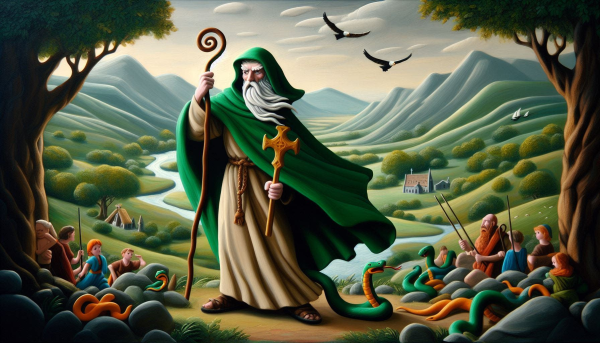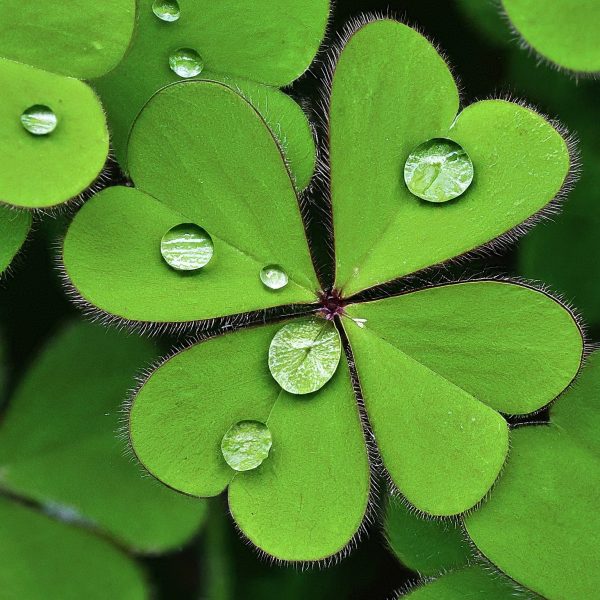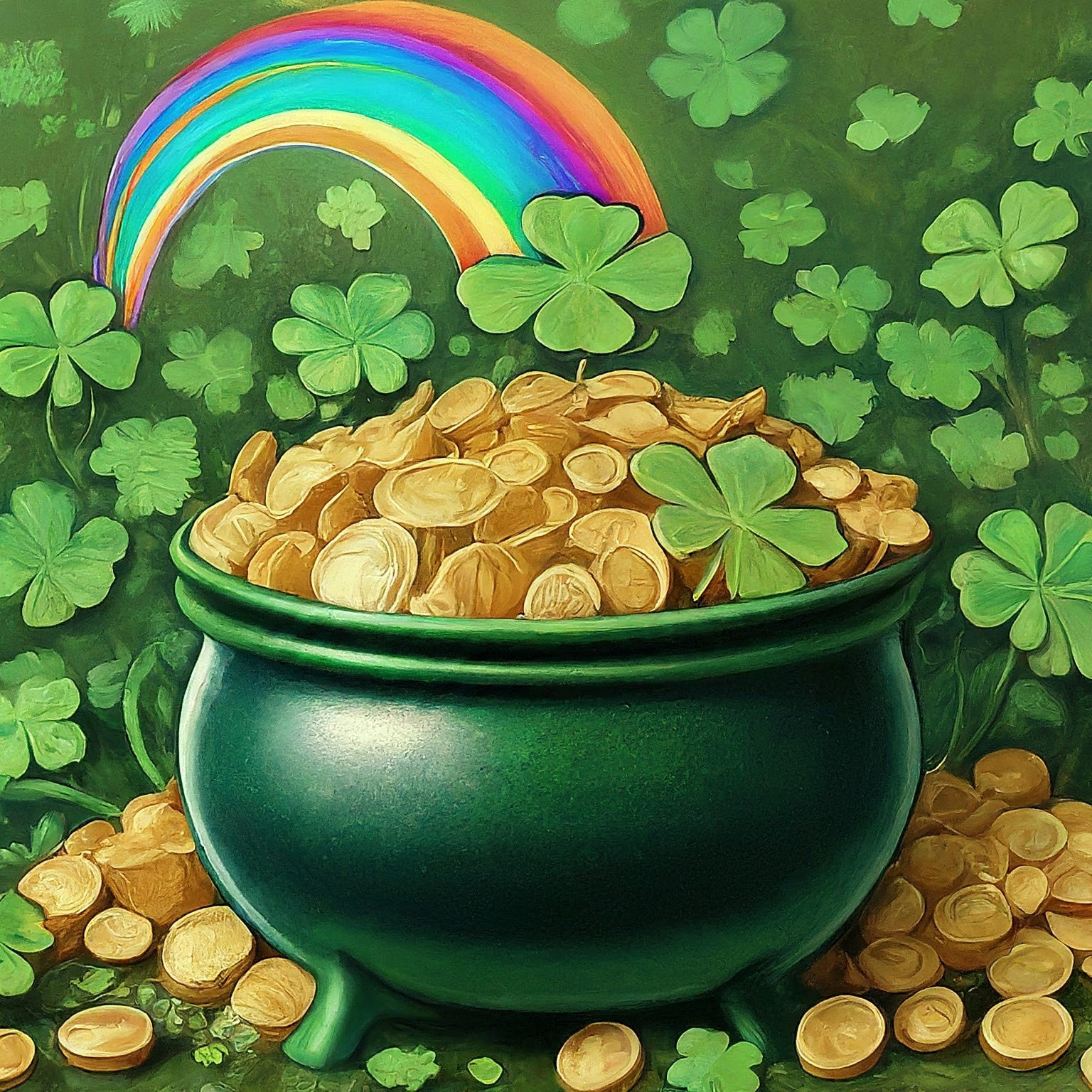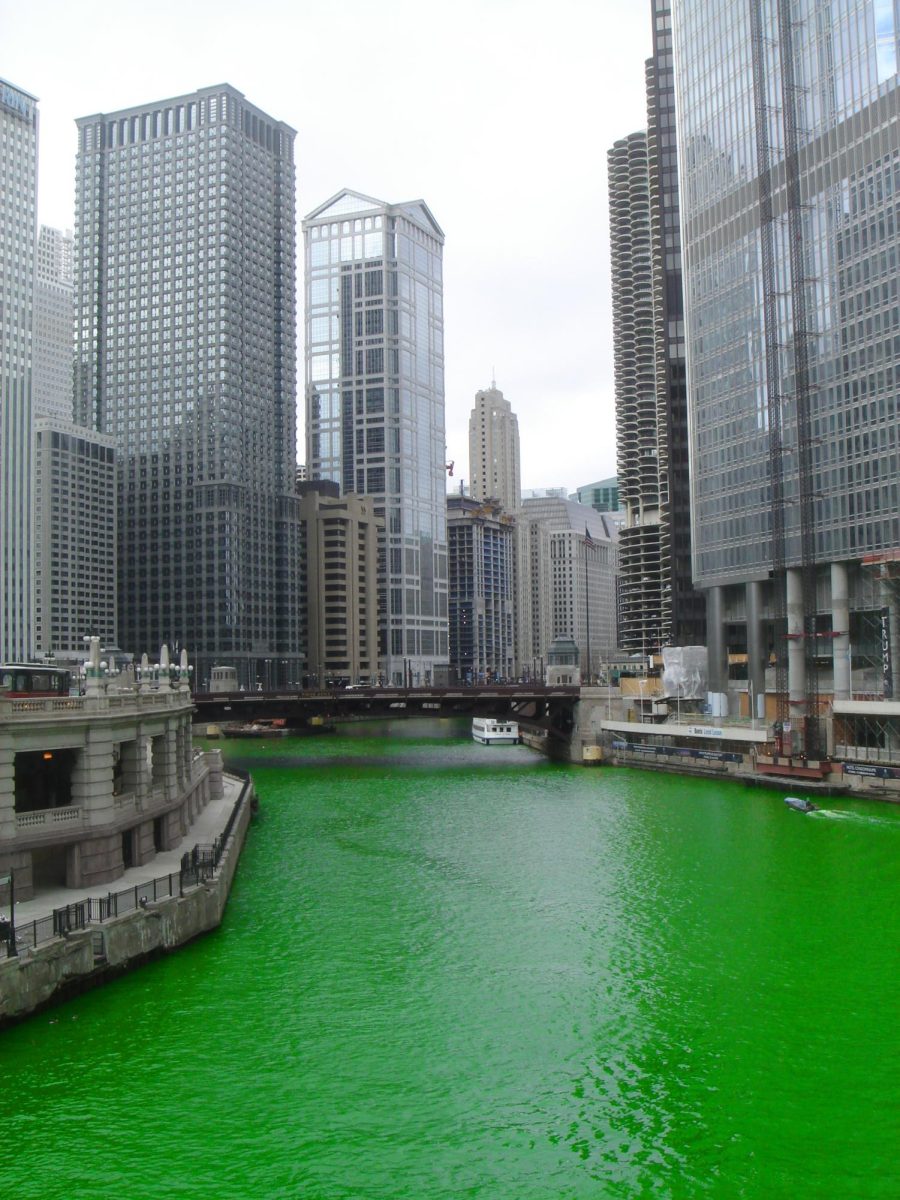Every year, St. Patrick’s Day is celebrated on the 17th of March. It has the symbol of a four leaf clover which also symbolizes luck. Why is this symbol associated with the day? Who even was St. Patrick? How is this day even celebrated?
Who Was St. Patrick
St. Patrick is today known as the Patron Saint and national apostle of Ireland. He is also credited with the introduction to Christianity to Ireland. Though he is associated with Ireland, he was actually born in Britain. As a youth, St. Patrick lived with his father, a deacon and low-leveled local official, and his family. When he was 16, raiders kidnapped and took him to Ireland as a slave. There, he spent six years as a slave where his faith began to grow.
After an escape from his owners, he travelled back to Britain to his family. While in Britain, Patrick had a dream where he was told to spread the faith to where he was previously enslaved, Ireland. He eventually did return, though full of doubts. His faith won out since he travelled across the island, introducing and spreading his faith. St. Patrick encountered both support and setbacks, and eventually ended up passing away back in his home town in Britain. It is believed that he died on March 17, so that became the day he was celebrated.

Many legends about the life of St. Patrick did arise throughout history. One legend depicts St. Patrick as chasing away snakes from Ireland entirely. Another describes how he raised men from the dead. Some said that he could even raise those up who had been dead for multiple years. A prayer from St. Patrick was even said to have filled a desolate land with pigs for hungry sailors traveling home. However, probably the most famous legend is St. Patrick’s use of the shamrock. The legend goes that he used a shamrock to introduce and explain the Holy Trinity. Even today, the Irish will wear shamrock lapels on St. Patrick’s Day in respect to this legend.
Meaning Behind the Symbols
The main symbols of St. Patrick’s Day are the shamrock, the color green, and leprechaun. As previously mentioned, the shamrock legend became very closely tied to St. Patrick himself.

Even though it was already the unofficial flower of Ireland, the shamrock become even more associated with the Irish. Its connection to celebrating St. Patrick’s Day actually is more than the legend. As a way to look nice at the feast mass of St. Patrick, poor people would wear shamrocks as a way to dress up for the mass. This practice caught on, and people today still will wear shamrocks as a way to celebrate.
The color originally associated with the holiday, however, was actually blue. St. Patrick was depicted as wearing blue, and it was the color of the part of Ireland’s chivalry named after St. Patrick, the Order of St. Patrick. However, people began to wear green since it was one of the three colors of the Irish flag and Ireland’s nickname is the Emerald Isle.
Lastly, the leprechaun has become a known symbol of the holiday. Though they are thought to be mischievous creatures, their introduction is actually one of the reasons the color changed. When you wore green, it was believed that you were invisible to leprechauns who would pinch anyone they see. Another tale connected to the leprechaun is that it is good luck to see one. Some even say that catching one at the end of a rainbow with their pot of gold will get you three wishes granted. Surprisingly, the only real correlation between St. Patrick’s Day and leprechauns is the fact that they both are connected to Ireland. For better or worse, their connection is not likely to end any time soon.
Celebrations Today
Today, celebrations occur throughout the US and world. One of the most well-known American traditions would be the dyeing of the Chicago River. Every year, the Chicago River is dyed green in celebration of St. Patrick. There are also other landmarks; the Empire State Building, Irish Parliament Building, Sydney Opera House, and Niagara Falls; that will light up green for this holiday.
Parades are also held around the world as a way to celebrate. Streets line with green while bag pipes are a common occurrence in these parades as a tribute to the Irish. McDonald’s has even gotten into the celebration with their Shamrock Shake which is only available around St. Patrick’s Day. It began in 1970, but is still a popular treat enjoyed by many.
Another tradition is to eat Irish foods, such as corned beef and soda bread, on St. Patrick’s Day. Crafts involving shamrocks, rainbows, and leprechauns are also commonly done to celebrate. Whether you deck out in all green, wear a shamrock, or just enjoy the perks of the day, there is a lot of traditions and history behind the March 17th holiday of St. Patrick’s Day.








